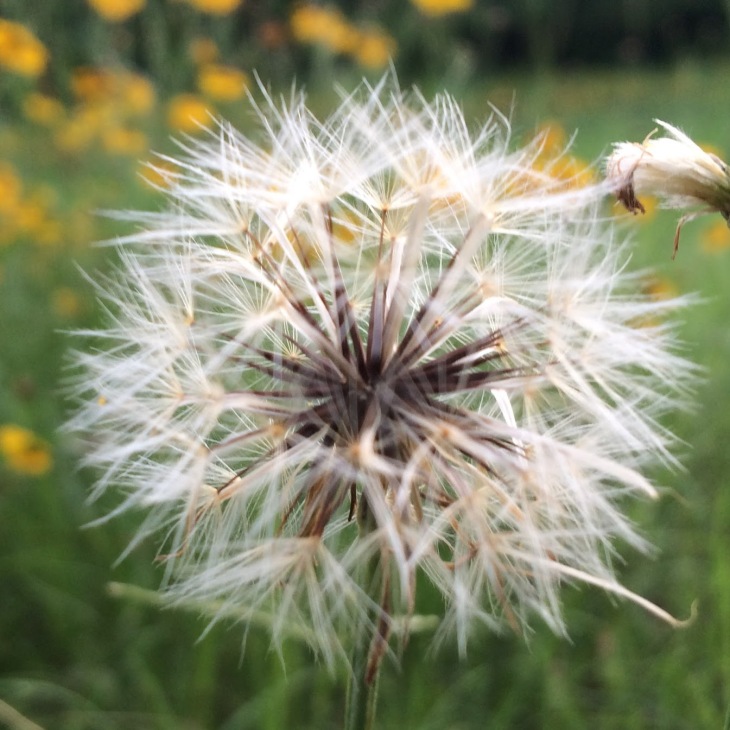…
According to their research, published Sept. 23 in Current Biology, plants actually do have a way of talking to each other. Their messages come embedded in the form of airborne chemicals known as volatile organic compounds (VOCs), which transfer information among plants.
The big finding in the study is what Kessler calls “open-channel communication.” Based on their genotypes, different plants have different smells. But when plants come under attack from pests like the goldenrod leaf beetle, their smells – carried by VOCs – become more similar.
“So they kind of converge on the same language, or the same warning signs, to share the information freely,” Kessler said. “The exchange of information becomes independent of how closely related the plant is to its neighbor.”
The research found that neighboring plants pick up on warning VOCs and prepare for the perceived threat, such as an oncoming insect pest. Said Kessler: “A (VOC) emitted by one plant can be picked up by another plant, and they can either ready their defenses or they may actually directly induce those defenses.”
However, their goodwill toward plant neighbors only works on an if-you-see-something-say-something basis and when, as a result of the communication, pest pressure is equally distributed across the plant population. Plants in populations without herbivores do not freely share information with their neighbors. Instead, they maintain a private channel with their closest kin through VOC emissions that induce resistance – but only in those relatives or plant parts distant from the damage site on the same plant.
“We code our language if we want to keep it private, and that’s exactly what happens there, but on a chemical level,” Kessler said. “That analogy is striking and not what we expected.”
Insect Herbivory Selects for Volatile-Mediated Plant-Plant Communication






You must be logged in to post a comment.